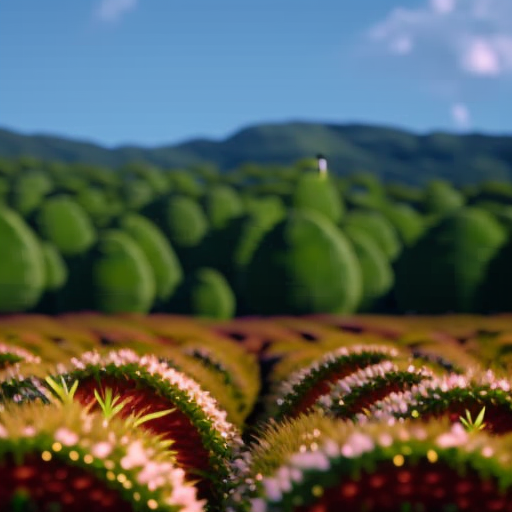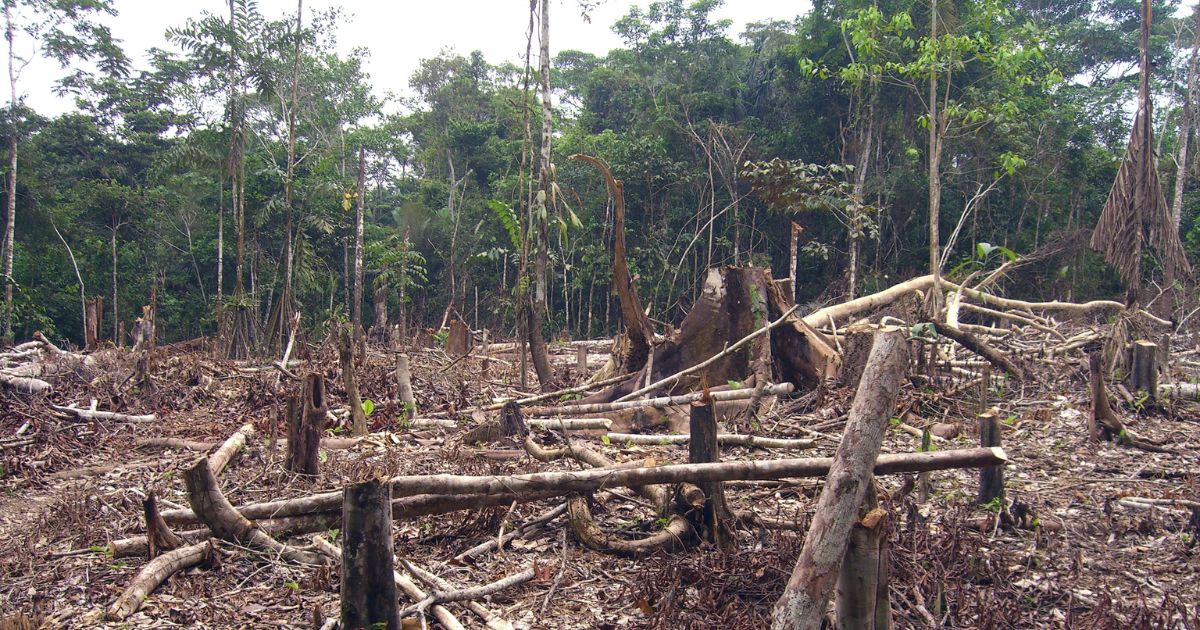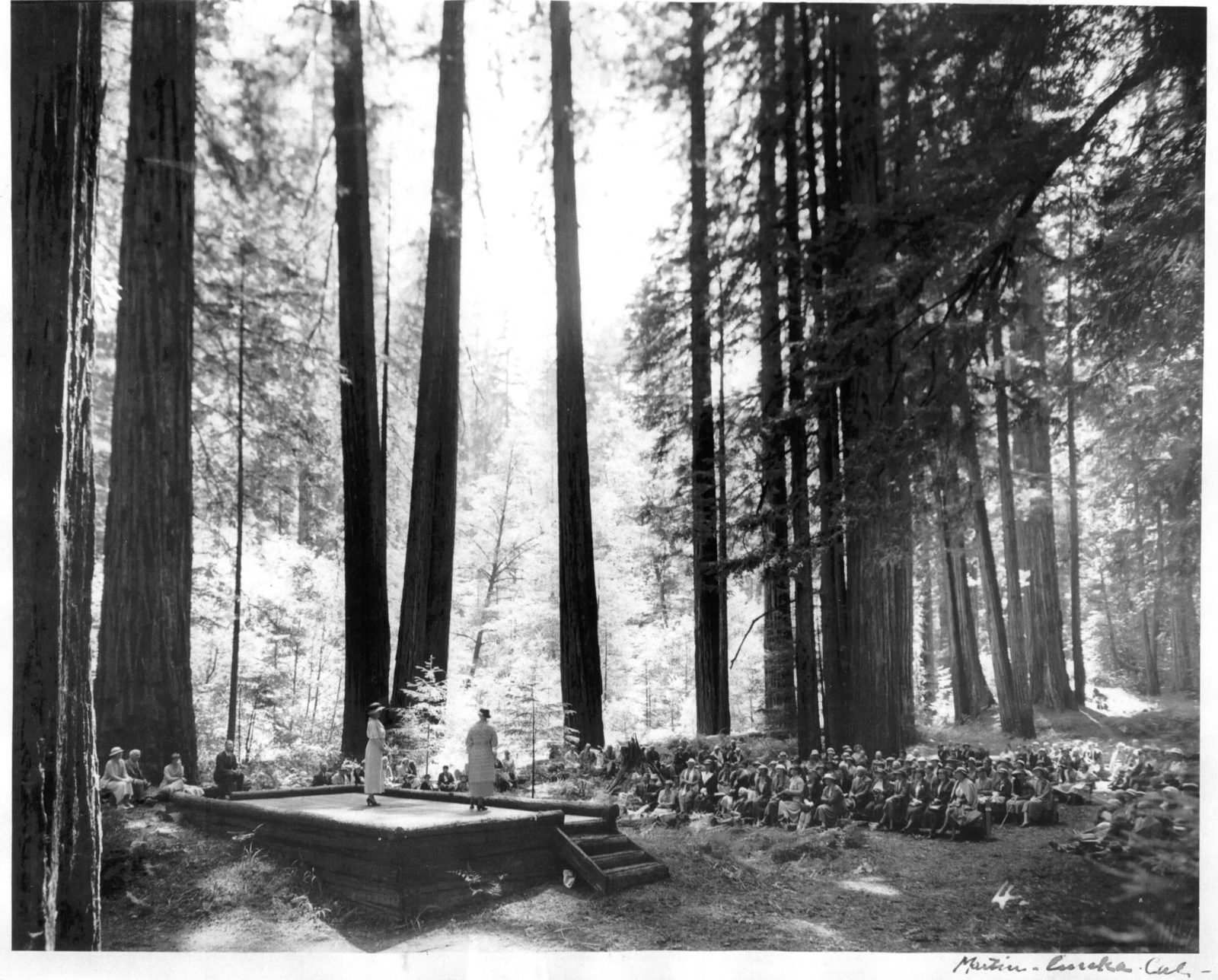
Sustainable Development Goals (SDGs) and Deforestation

Forests are some of the most biologically diverse, ecologically important places on Earth. Covering almost a third of the planet’s surface, forests are home to hundreds of thousands of species, and play several crucial roles in maintaining Earth’s ecosystem. Unfortunately, forests are also being systematically destroyed by the agriculture industry, and this rampant deforestation imperils the lives of plants, animals and humans alike.
What Is Deforestation?
Deforestation is the intentional, permanent razing of forested land. People, governments and corporations deforest for a number of reasons; generally, it’s either to repurpose the land for other uses, such as agricultural development or housing, or to extract lumber and other resources.
Humans have been clearing forests for thousands of years, but the rate of deforestation has skyrocketed in recent centuries: the amount of forested land that’s been lost in the last century is equal to the amount that was lost between 8,000 BC and 1900, and in the last 300 years, 1.5 billion hectares of forest have been destroyed — an area bigger than the entire United States.
A similar concept to deforestation is forest degradation. This also refers to the clearing of trees from forested land; the difference is that when a forest is degraded, some of the trees are left standing, and the land itself is not repurposed for any other use. Degraded forests often regrow over time, while deforested land does not.
How Common Is Deforestation?
Though rates have oscillated over time, the United Nations reports that humans destroy around 10 million hectares of forest, or 15.3 billion trees, every year. Since the end of the last Ice Age roughly 10,000 years ago, around one-third of all previously-forested land on the planet has been deforested.
Where Is Deforestation Most Common?
Historically, temperate forests in the Northern hemisphere were subject to more deforestation than their tropical counterparts; however, that trend reversed itself sometime in the early 20th century, and for the last hundred years or so, the majority of deforested land has been tropical, not temperate.
As of 2019, around 95 percent of deforestation occurs in the tropics, and a third of it happens in Brazil. Another 19 percent of deforestation takes place in Indonesia, which means that collectively, Brazil and Indonesia are responsible for the majority of deforestation in the world. Other significant contributors include countries in the Americas other than Mexico and Brazil, which collectively account for around 20 percent of global deforestation, and the continent of Africa, which accounts for 17 percent.
What Are the Causes of Deforestation?
Forested land is sometimes cleared by loggers, or to make way for urban expansion or energy projects. However, agriculture is the biggest driver of deforestation by leaps and bounds. The tally isn’t even close: Almost 99 percent of all land that’s been deforested over the last 10,000 years has been converted to agriculture. Nowadays, farmland expansion is responsible for “only” 88 percent of deforestation around the world.
What Role Does Animal Agriculture Play in Deforestation?
A huge one. The majority of deforested land is used for animal agriculture, either directly or indirectly, and the beef industry is the single biggest driver of deforestation.
Agricultural land is generally used for one of two purposes: crop-growing or livestock grazing. Out of all the land that was deforested and converted to agriculture between 2010 and 2018, about 49 percent was used for crops and about 38 percent was used for livestock.
But if we’re asking how big of a role animal agriculture plays in deforestation, the above breakdown is a bit misleading. While it’s true that most deforested agricultural land is used for crops, not livestock grazing, a lot of those crops are grown solely to feed livestock that’s grazing on other deforested land. If we include those crops in our count, then the share of deforested land that’s used for animal agriculture shoots up to 77 percent.
The beef industry in particular is an especially big driver of deforestation. Cattle farming accounts for 80 percent of all deforested land across the Amazon, and 41 percent of all tropical deforestation worldwide.
Why Is Deforestation Bad?
Deforestation has a number of terrible consequences. Here are a few.
Increased Greenhouse Gas Emissions
Rainforests — specifically the trees, plants and soil in them — trap enormous amounts of carbon dioxide from the air. That’s good, as CO2 is one of the biggest drivers of global warming. But when these forests are cleared, nearly all of that CO2 is released back into the atmosphere.
The Amazon rainforest is a good, if depressing, illustration of this. It’s traditionally been one of the world’s biggest “carbon sinks,” meaning that it traps more CO2 than it releases. But rampant deforestation has pushed it to the brink of becoming a carbon emitter instead; 17 percent of the Amazon has already been deforested, and scientists predict that if deforestation reaches 20 percent, the rainforest will become a net emitter of carbon instead.
Loss of Biodiversity
Forests are some of the most biologically diverse ecosystems on Earth. The Amazon rainforest alone is home to over 3 million species, including 427 mammals, 378 reptiles, 400 amphibians and 1,300 tree species. Fifteen percent of all bird and butterfly species on Earth live in the Amazon, and over a dozen animals in the Amazon, such as the pink river dolphin and the San Martin titi monkey, don’t live anywhere else.
Needless to say, when rainforests are destroyed, so are these animals’ homes. Every single day approximately 135 species of plants, animals and insects are lost due to deforestation. A 2021 study found that over 10,000 plant and animal species in the Amazon face extinction due to deforestation, including the harpy eagle, the Sumatran orangutan and around 2,800 other animals.
The mass loss of plant and animal life is bad enough by itself, but this loss of biodiversity poses a risk to humans as well. Earth is a complex, deeply intertwined ecosystem, and our access to clean food, water and air is dependent on this ecosystem maintaining a degree of equilibrium. Mass die-offs as a result of deforestation threaten
SDGs, Targets, and Indicators Related to Deforestation
1. SDG 15: Life on Land
– Target 15.2: By 2020, promote the implementation of sustainable management of all types of forests, halt deforestation, restore degraded forests, and substantially increase afforestation and reforestation globally.
– Indicator 15.2.1: Progress towards sustainable forest management.
2. SDG 13: Climate Action
– Target 13.2: Integrate climate change measures into national policies, strategies, and planning.
– Indicator 13.2.1: Number of countries that have integrated mitigation, adaptation, impact reduction, and early warning measures into their national policies, strategies, and planning.
3. SDG 12: Responsible Consumption and Production
– Target 12.3: By 2030, halve per capita global food waste at the retail and consumer levels and reduce food losses along production and supply chains, including post-harvest losses.
– Indicator 12.3.1: Global food loss index.
4. SDG 6: Clean Water and Sanitation
– Target 6.6: By 2020, protect and restore water-related ecosystems, including mountains, forests, wetlands, rivers, aquifers, and lakes.
– Indicator 6.6.1: Change in the extent of water-related ecosystems over time.
Table: SDGs, Targets, and Indicators
| SDGs | Targets | Indicators |
|---|---|---|
| SDG 15: Life on Land | Target 15.2: By 2020, promote the implementation of sustainable management of all types of forests, halt deforestation, restore degraded forests, and substantially increase afforestation and reforestation globally. | Indicator 15.2.1: Progress towards sustainable forest management. |
| SDG 13: Climate Action | Target 13.2: Integrate climate change measures into national policies, strategies, and planning. | Indicator 13.2.1: Number of countries that have integrated mitigation, adaptation, impact reduction, and early warning measures into their national policies, strategies, and planning. |
| SDG 12: Responsible Consumption and Production | Target 12.3: By 2030, halve per capita global food waste at the retail and consumer levels and reduce food losses along production and supply chains, including post-harvest losses. | Indicator 12.3.1: Global food loss index. |
| SDG 6: Clean Water and Sanitation | Target 6.6: By 2020, protect and restore water-related ecosystems, including mountains, forests, wetlands, rivers, aquifers, and lakes. | Indicator 6.6.1: Change in the extent of water-related ecosystems over time. |
Analysis:
1. Which SDGs are addressed or connected to the issues highlighted in the article?
The issues highlighted in the article are connected to SDG 15: Life on Land, SDG 13: Climate Action, SDG 12: Responsible Consumption and Production, and SDG 6: Clean Water and Sanitation.
2. What specific targets under those SDGs can be identified based on the article’s content?
Based on the article’s content, the specific targets identified are:
– Target 15.2: Promote the implementation of sustainable management of all types of forests, halt deforestation, restore degraded forests, and substantially increase afforestation and reforestation globally.
– Target 13.2: Integrate climate change measures into national policies, strategies, and planning.
– Target 12.3: Halve per capita global food waste at the retail and consumer levels and reduce food losses along production and supply chains, including post-harvest losses.
– Target 6.6: Protect and restore water-related ecosystems, including mountains, forests, wetlands, rivers, aquifers, and lakes.
3. Are there any indicators mentioned or implied in the article that can be used to measure progress towards the identified targets?
The article mentions or implies the following indicators:
– Indicator 15.2.1: Progress towards sustainable forest management.
– Indicator 13.2.1: Number of countries that have integrated mitigation, adaptation, impact reduction, and early warning measures into their national policies, strategies, and planning.
– Indicator 12.3.1: Global food loss index.
– Indicator 6.6.1: Change in the extent of water-related ecosystems over time.
These indicators can be used to measure progress towards the identified targets.
Copyright: Dive into this article, curated with care by SDG Investors Inc. Our advanced AI technology searches through vast amounts of data to spotlight how we are all moving forward with the Sustainable Development Goals. While we own the rights to this content, we invite you to share it to help spread knowledge and spark action on the SDGs.
Fuente: sentientmedia.org

Join us, as fellow seekers of change, on a transformative journey at https://sdgtalks.ai/welcome, where you can become a member and actively contribute to shaping a brighter future.






